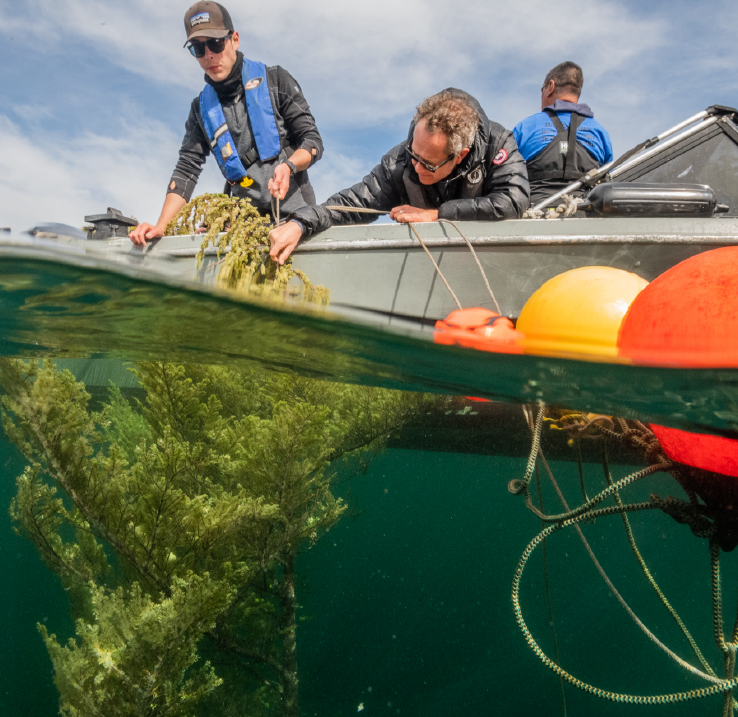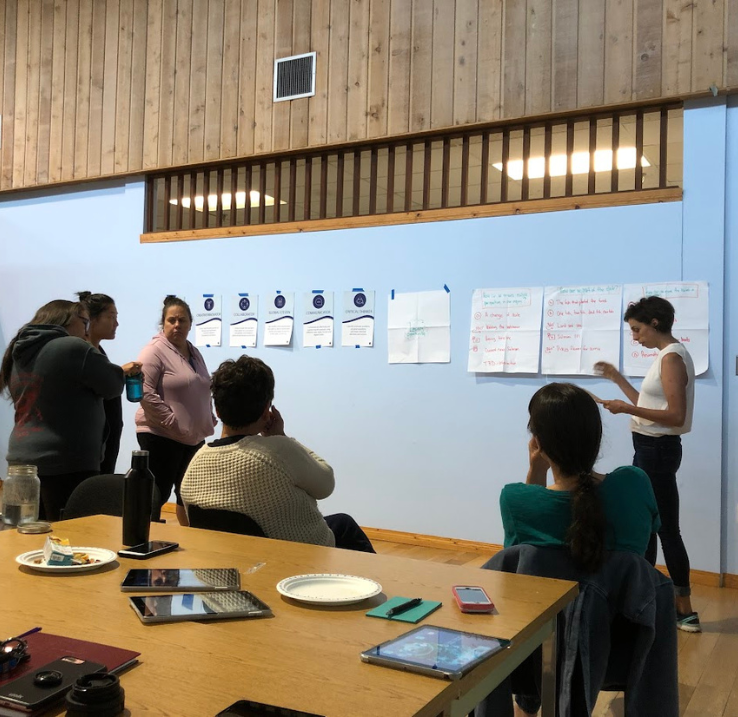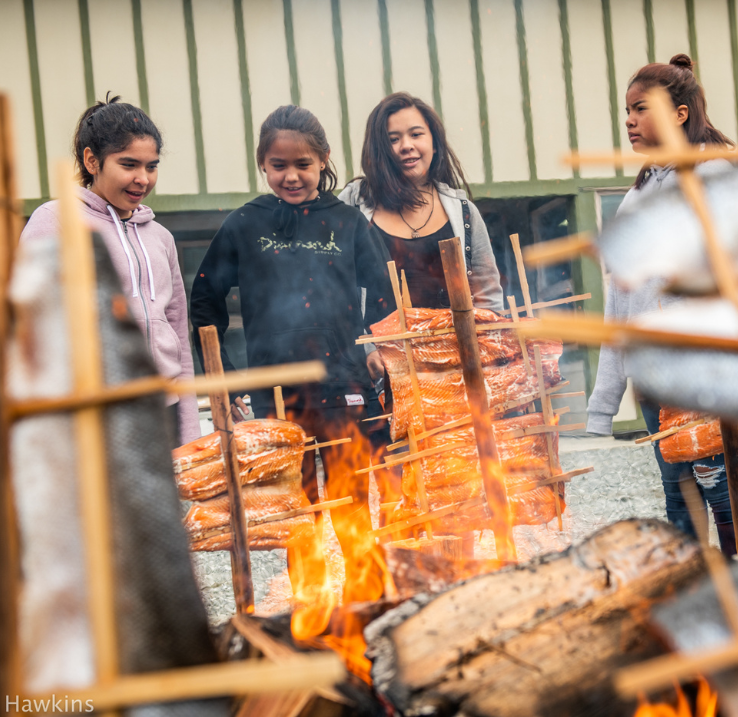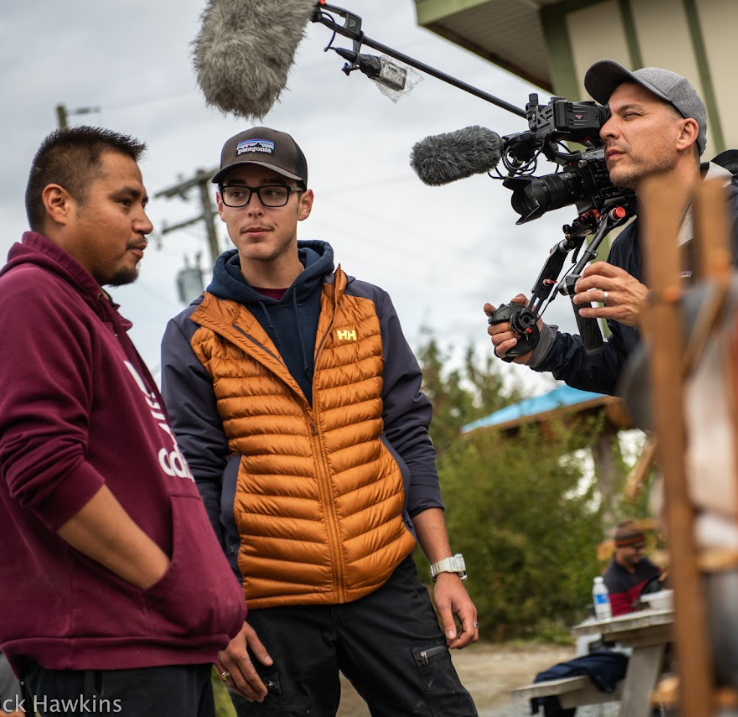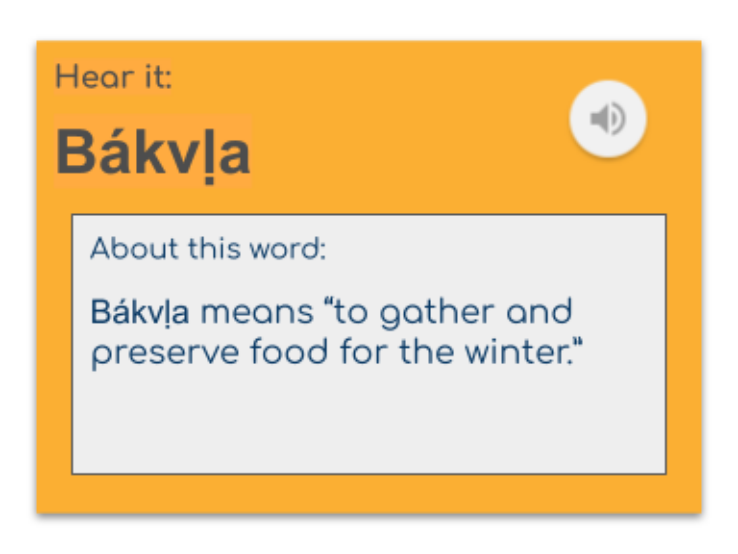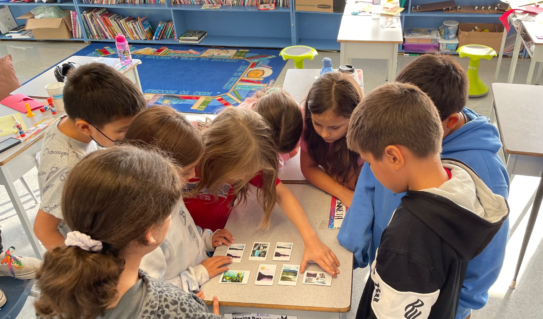These resources are to help support educators to facilitate the Harvest collections, and to integrate Indigenous perspectives in their classrooms.
This fact sheet was created by CRIAW’s Feminist Northern Network. Please visit their website to see all 10 of fact sheets on women and resource development and extraction, and other resources
This website was developed by the First Nations and Indigenous Studies program at the University of British Columbia. This resource provides articles about Indigenous cultures and history, addressing topics such as aboriginal identity, land rights, politics, and culture. The video archive and guide pages feature interesting content to use in class discussions.
This resource was created by the Canadian Government, and is a series of classroom activities to teach 12-14-year-old students about First Nations in Canada.
This professional development guide was prepared by BCcampus and the British Columbia Ministry of Advanced Education, Skills and Training for staff in post-secondary institutions. It offers an introduction to Indigenous Peoples, and how Indigenous history and realities in Canada impact education. It contains examples and strategies for incorporating Indegenous knowledge into curricula.
This guide was designed for science teachers. It includes background information regarding how First Peoples’ knowledge and perspectives in science can be recognized and included in science inquiry.
This resources offers ideas for incorporating content about BC Indigenous peoples in K-10 instruction. The instructional strategies address a variety of subjects, including drama, English language arts, health, mathematics, music, physical education, science, and social studies. It also includes guidance on teaching about sensitive topics.
We adapted our teaching tips and alerts from this guide, and it has plenty more tips and alerts to explore.
This resource collects traditional views on biodiversity, sustainability and stewardship shared by elders from three different coastal nations, including the Haíɫzaqv, Haida and Namgis nations. It explores the seven fundamental truths of the Coastal First Nations and celebrates their traditional knowledge through maps, illustrations, photographs and stories.

